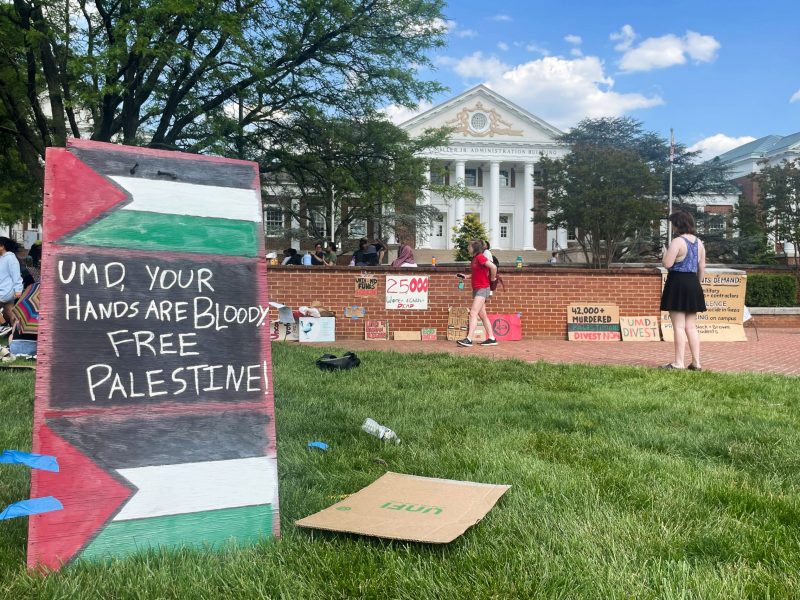By John Brundred
For The Diamondback
More than 60 students, faculty members and guests came to a lecture at the public health school Friday afternoon to learn about why people lead sedentary or active lifestyles.
The lecture featured University of Georgia kinesiology and psychology professor Rodney Dishman, who discussed how societal factors, the environment and genes can influence people’s choices to be active or sedentary during the public health school’s Burris F. Husman lecture Exercise Behavior from Culture to Genes.
“We have a culture that makes it challenging to be active, because the beliefs and customs of many Americans are still geared around illogical thinking,” Dishman said.
He argued that increasing physical activity levels is the top health challenge that Americans face today, and added that 40 percent of children are sufficiently active and only 5 percent of adults are sufficiently active.
In order to be sufficiently active, adults below 65 should do 150 minutes of moderate-intensity physical activity weekly, while children and adolescents should do 420 minutes of physical activity weekly, according to the World Health Organization.
Most Americans overestimate the amount of physical activity they participate in, and underestimate contributing factors such as what they eat, Dishman said. As a result, it is extremely tough to change behavior.
“One way health professionals try to change behavior is through the use of interventions,” he said. He cited one study that displayed posters to encourage people to take the stairs instead of an escalator. While it worked initially, the number of people taking the stairs overall remained the same by the end of the study, he said.
A sedentary lifestyle can also be a reflection of the environments Americans live in, Dishman said. He listed environmental factors, such as the rise of suburban neighborhoods, the disappearance of sidewalks in cities, bike lanes and a fear of walking alone as environmental factors that can contribute to a sedentary lifestyle.
But there are a lot of options for people to live active lifestyles at this university, however, said sophomore kinesiology major Maria Ayoub, who attended the lecture.
“There are plenty of sidewalks, which makes campus very walkable. In addition, the newly installed bike-share program could motivate people to be more active,” she said. “At Eppley, there are a lot group fitness programs, which provide social support and makes being active more appealing.”
But there isn’t just one easy way to increase one’s physical activity levels as a student, said junior kinesiology major Yacob Belay, who also attended the lecture.
“The university does a great job of researching this topic, but could do more to make being active easier and more practical,” Belay said.
Belay said one suggestion would be to increase the size of Eppley Recreation Center or to build another recreation center to attract more students.
“Eppley is always crowded, and I think some students avoid going there because of the crowds,” he said.
Ayoub said the fear of judgment couldvbe preventing university students from leading more active lifestyles.
“A lot of people are shamed when they go to the gym, or they are shamed for not leading active lifestyles,” Ayoub said. “The fear of judgment has prevented me from working out, and I think other students have felt the same way.”
Dishman did applaud some of this university’s efforts, such as the bike-share program, to promote more active lifestyles.
“I like the idea of a bike-share program. It can’t hurt, and it is a step in the right direction, but people still need to be motivated to ride a bike instead of taking a bus or a car,” he said.


